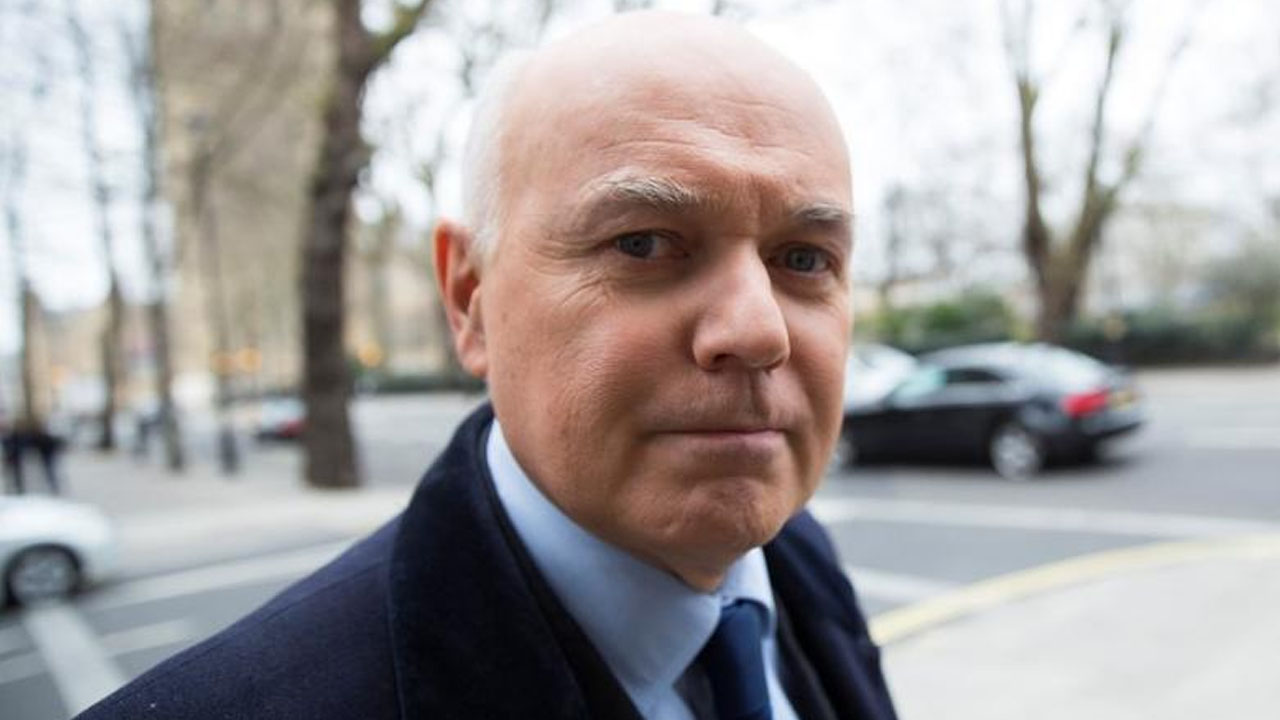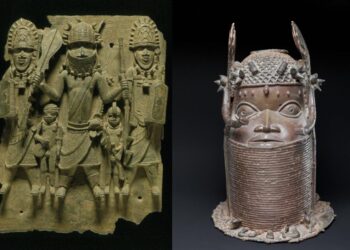British Prime Minister Boris Johnson is the latest Conservative leader to feel his party’s wrath following a string of resignations from his scandal-plagued government.
Here are three leaders previously ousted by their fellow Tories:
Margaret Thatcher. Photo The Daily Beast
Margaret Thatcher
Britain’s longest-serving prime minister of the 20th century tearfully stepped down in November 1990 after a cabinet revolt.
She had vowed to fight on after narrowly winning the first round of a leadership ballot, but then accepted that her position had become untenable.
Although she had won a third term by a landslide in 1987, her introduction of a universal “poll tax” payable by every adult regardless of income was met with violent opposition.
She also faced deep opposition within her cabinet for staunchly fighting having closer ties with Europe.
Her once close ally Geoffrey Howe resigned from the cabinet and launched a scathing attack on her Europe policy in parliament.
That precipitated the leadership challenge by former defence and environment minister Michael Heseltine, before John Major emerged as the new prime minister in a vote among Tory MPs.

Britain’s former Secretary for Work and Pensions, Iain Duncan Smith, arrives for a television interview in central London, Britain March 20, 2016. REUTERS/Neil Hall
Iain Duncan Smith
Duncan Smith, one of a cabal of right-wing eurosceptics dubbed “bastards” by Major, won the Conservative leadership in 2001, replacing William Hague after the party suffered another election defeat to Labour.
His surprise ascent was helped by Thatcher and her loyalists in parliament.
But the self-styled “quiet man” of UK politics struggled to hold his own against Labour’s charismatic prime minister, Tony Blair.
By October 2003, the parliamentary party was despairing of Duncan Smith’s inability to make any headway against Blair, despite huge public opposition to Britain’s involvement in the war in Iraq.
He lost a confidence vote, becoming the first Tory leader not to fight a general election since Neville Chamberlain, who was accused of appeasing Adolf Hitler in the late 1930s.

Britain’s Prime Minister Theresa May announces her resignation outside 10 Downing street in central London on May 24, 2019. – Beleaguered British Prime Minister Theresa May announced on Friday that she will resign on June 7, 2019 following a Conservative Party mutiny over her remaining in power. (Photo by Isabel Infantes / AFP)
Theresa May
Former interior minister Theresa May came to power in July 2016 after Britain’s shock referendum vote to leave the European Union, which prompted then prime minister David Cameron to resign.
She immediately found herself in charge of negotiating Britain’s exit terms, but her attempts to negotiate a “soft” Brexit were shot down by hardline Brexiteers within the Conservative party.
May called a snap general election in June 2017 in the hope of strengthening her position against the Brexit rebels and Labour.
It proved a disastrous bet, with Labour under its far-left leader Jeremy Corbyn making strong inroads and forcing her to turn to hardline, pro-UK unionists in Northern Ireland for parliamentary backing.
She survived a confidence vote called by Conservative rebels in December 2018.
But after her Brexit deal was rejected in the House of Commons for a fourth time, including by dozens of Conservative rebels, her leadership was mortally weakened.
She announced in May 2019 that she was stepping down, triggering the leadership race that brought Johnson to power two months later.
SEND A STORY: Do you have a story for us or need a promotion/advertisement? Submit them via our email dannyboy744@gmail.com and via on +233 266777777














